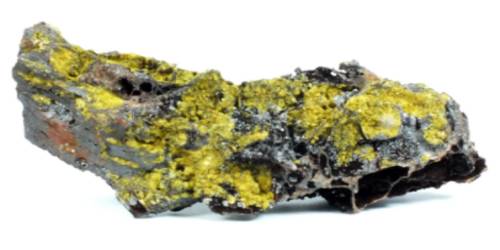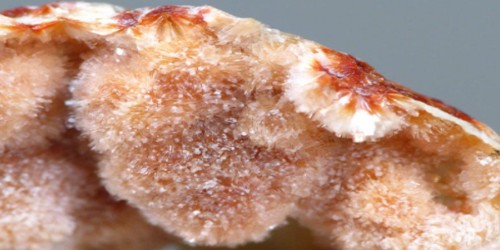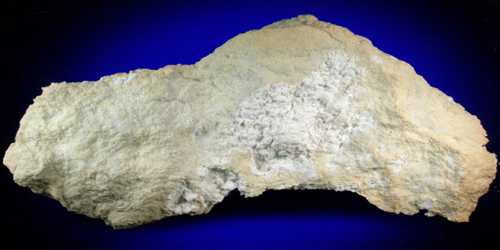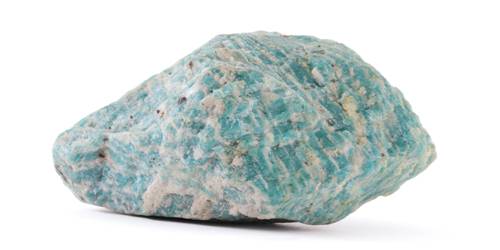Cyrilovite, formula- [NaFe33+(PO4)2(OH)4·2(H2O)] is a hydrous sodium iron phosphate mineral. It is a tetragonal-trapezohedral mineral containing hydrogen, iron, oxygen, phosphorus, and sodium. It is isomorphous and isostructural with wardite, the sodium aluminum counterpart. It is a rare accessory mineral in some oxidizing phosphate-bearing granite pegmatites and iron deposits.
Cyrilovite is found in granitic pegmatites. It was first discovered in 1953 in a pegmatite at Cyrilov, near Velké Meźiřiči, West Moravia, Czech Republic.
General Information
- Category: Phosphate mineral
- Formula: [NaFe33+(PO4)2(OH)42(H2O)]
- Crystal system: Tetragonal
- Crystal class: Trapezohedral (422)
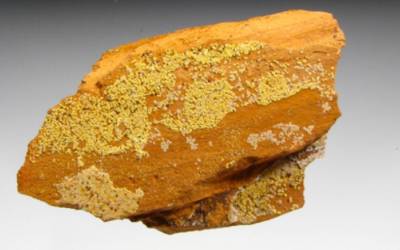
Properties
Cyrilovite is a vitreous translucent mineral that can appear in colors ranging from a bright yellow, honey-yellow, orange to brownish yellow, or brown and it has a hardness of 4. It has a yellow streak.
- Color: Bright yellow, honey-yellow, orange to brownish yellow, brown
- Crystal habit: Massive, granular, pseudo cubic, radiating to botryoidal aggregates and crusts
- Mohs scale hardness: 4
- Luster: Vitreous
- Streak: Yellow
- Diaphaneity: Translucent
- Specific gravity: 3.081–3.096
- Optical properties: Uniaxial (-)
Geologic occurrence
Cyrilovite is a rare accessory mineral in some oxidizing phosphate-bearing granite pegmatitles and iron deposits. The sequence of phosphate transformations ended with the formation of cyrilovite within the F-apatite fractures and the replacement of F-apatite by lipscombite and crandillite-group minerals. Weathering-related cyrilovite, lipscombite, and crandillite-group minerals were formed by percolating meteoric waters under increasing oxygen fugacity.
Information Source:
